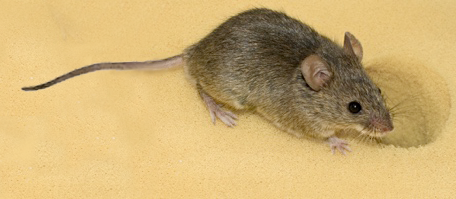Precise Delineation and Transcriptional Characterization of Bovine Blood Dendritic-Cell and Monocyte Subsets.
Abstract
A clear-cut delineation of bovine bona fide dendritic cells (DC) from monocytes has proved challenging, given the high phenotypic and functional plasticity of these innate immune cells and the marked phenotypic differences between species. Here, we demonstrate that, based on expression of Flt3, CD172a, CD13, and CD4, a precise identification of bovine blood conventional DC type 1 and 2 (cDC1, cDC2), plasmacytoid DC (pDC), and monocytes is possible with cDC1 being Flt3+CD172adimCD13+CD4-, cDC2 being Flt3+CD172a+CD13-CD4-, pDC being Flt3+CD172adimCD13-CD4+, and monocytes being Flt3-CD172ahighCD13-CD4-. The phenotype of these subsets was characterized in further detail, and a subset-specific differential expression of CD2, CD5, CD11b, CD11c, CD14, CD16, CD26, CD62L, CD71, CD163, and CD205 was found. Subset identity was confirmed by transcriptomic analysis and subset-specific transcription of conserved key genes. We also sorted monocyte subsets based on their differential expression of CD14 and CD16. Classical monocytes (CD14+CD16-) clustered clearly apart from the two CD16+ monocyte subsets probably representing intermediate and non-classical monocytes described in human. The transcriptomic data also revealed differential gene transcription for molecules involved in antigen presentation, pathogen sensing, and migration, and therefore gives insights into functional differences between bovine DC and monocyte subsets. The identification of cell-type- and subset-specific gene transcription will assist in the quest for "marker molecules" that-when targeted by flow cytometry-will greatly facilitate research on bovine DC and monocytes. Overall, species comparisons will elucidate basic principles of DC and monocyte biology and will help to translate experimental findings from one species to another.
| Authors: | Talker SC, Baumann A, Barut GT, Keller I, Bruggmann R, Summerfield A |
|---|---|
| Journal: | Front Immunol. 2018 Oct 30;9:2505. doi: 10.3389/fimmu.2018.02505. eCollection |
| Year: | 2018 |
| PubMed: | PMID: 30425716 (Go to PubMed) |


